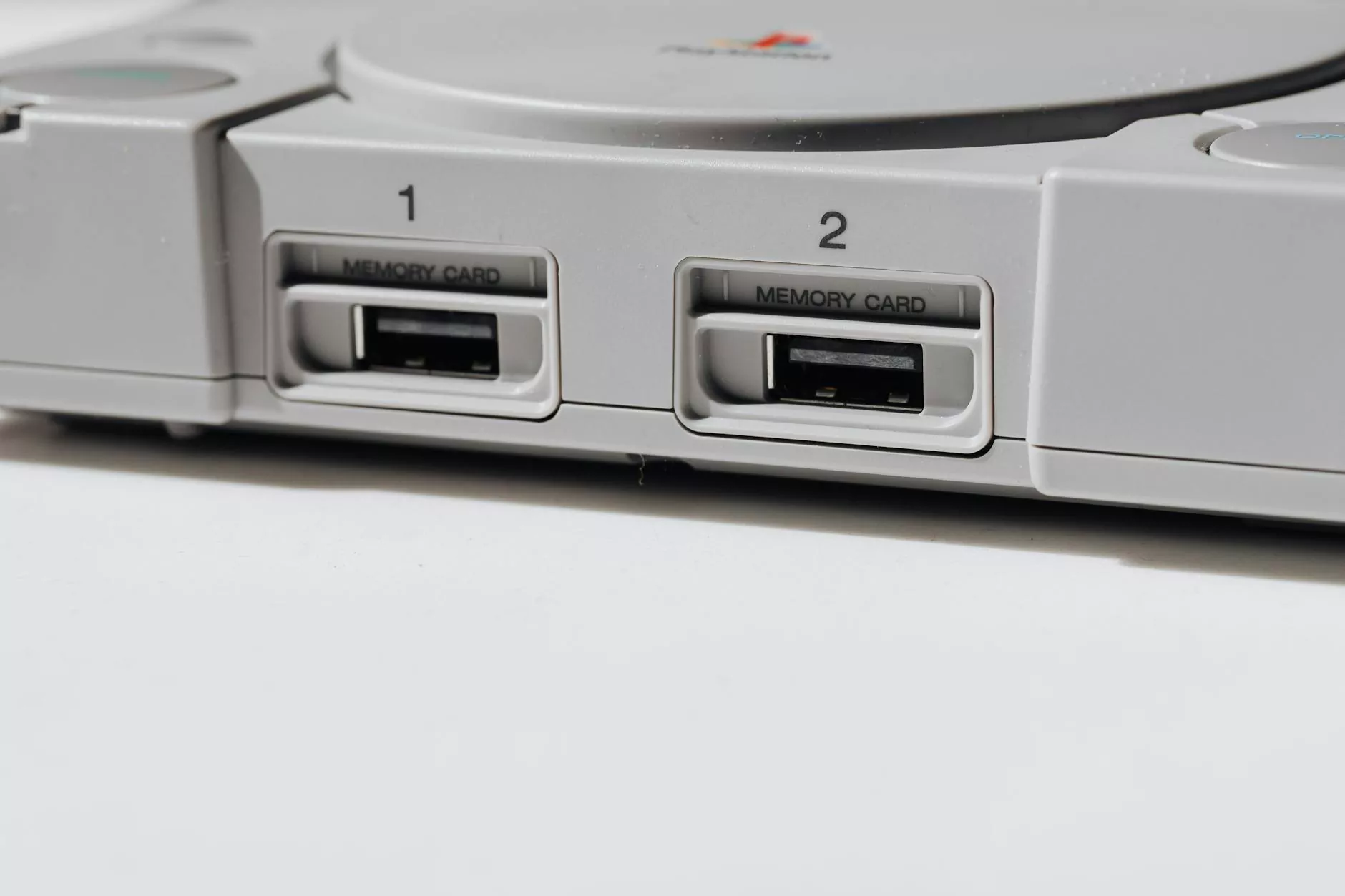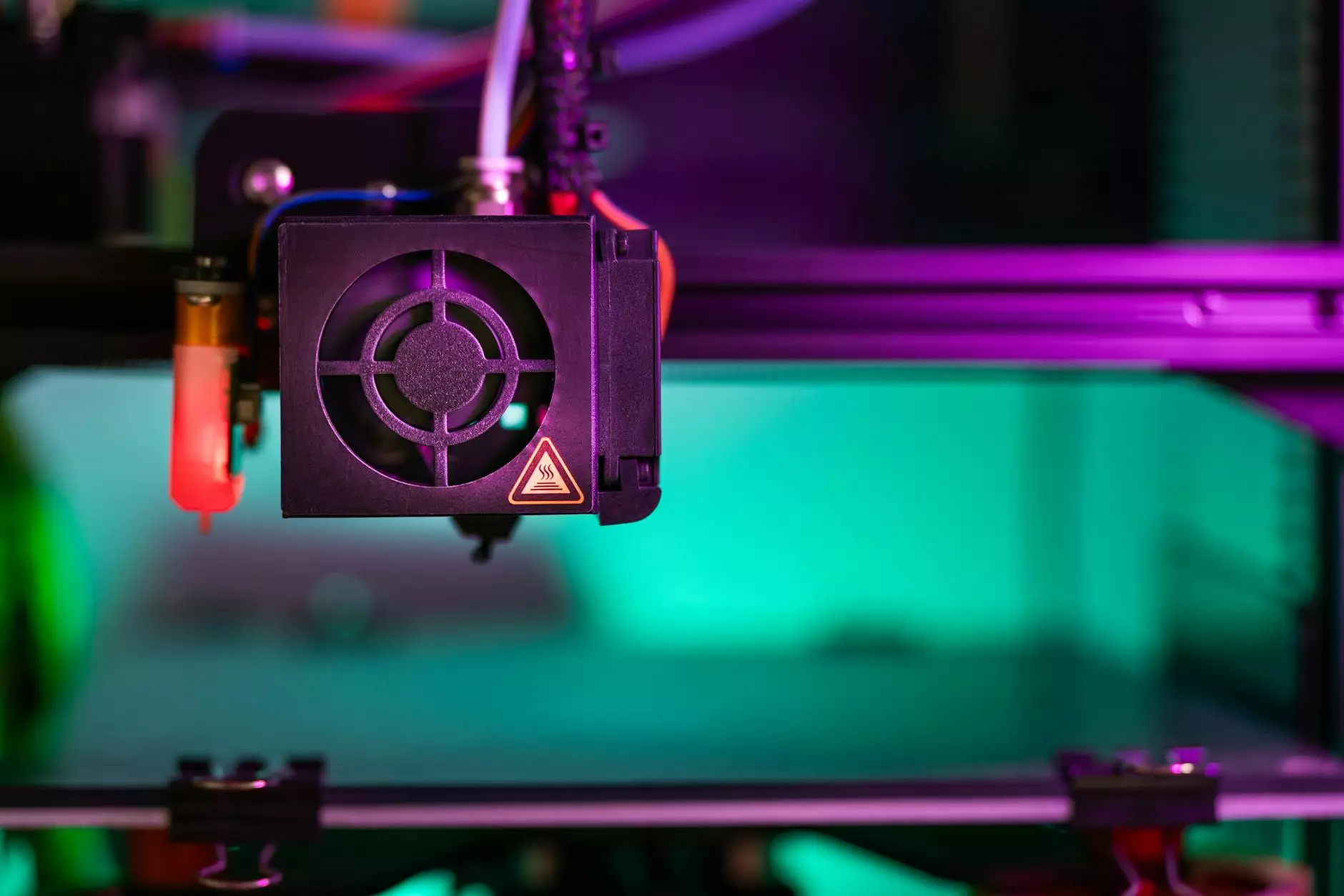The Essential Parts of a Manual Transmission Car

Introduction to Manual Transmission Cars
Driving a manual transmission car can be an exhilarating experience. The connection between the driver and the vehicle is often more tangible than in automatic models. But to truly appreciate the performance and mechanics of manual transmissions, it is essential to understand the various parts of a manual transmission car and how they interact. In this article, we will delve deeply into the intricate components of manual transmissions, their functions, and their significance in ensuring optimal performance.
What is a Manual Transmission?
A manual transmission, commonly known as a stick shift, is a type of vehicle transmission system that requires the driver to manually shift gears using a clutch pedal and a gear stick. This setup allows for more direct control over the vehicle, contributing to a sportier driving experience.
Unlike automatic transmissions, which automatically change the gear ratio, manual transmissions give drivers the ability to dictate their speed and power through precise gear changes, enhancing overall engagement with the vehicle.
Key Components of Manual Transmission
1. Clutch Assembly
The clutch assembly is arguably one of the most vital components in a manual transmission system. It consists of several parts:
- Clutch Pedal: The pedal that the driver presses to engage or disengage the clutch.
- Pressure Plate: Applies pressure to hold the clutch disc against the flywheel.
- Clutch Disc: The component that connects the engine's power to the transmission.
- Flywheel: The component that keeps the engine running smoothly and helps maintain rotational speed.
When the driver presses the clutch pedal, the clutch disc disengages from the flywheel, allowing for gear changes without grinding or stalling.
2. Gear Shift Mechanism
The gear shift mechanism allows the driver to select different gears. It typically comprises a gear stick, bushings, and linkages. The gear stick is often designed ergonomically for comfortable handling.
When the driver moves the gear stick, it engages different shifts within the transmission, which allows for varying levels of power and speed.
3. Gear Box
The gearbox is the heart of the manual transmission system. It contains various gears that facilitate different speeds and torque levels. Manual gearboxes are typically comprised of:
- Input Shaft: Transfers power from the engine to the transmission.
- Counter Shaft: Carries the gears that connect the input shaft to the output shaft.
- Output Shaft: Sends power from the gearbox to the driveshaft and subsequently to the wheels.
The gearbox provides multiple gear ratios, allowing for smooth acceleration and optimal engine performance while driving.
4. Synchronizers
Synchronizers play a crucial role in ensuring smooth gear shifts. They help match the speeds of the gears before fully engaging them, which prevents grinding and reduces wear on transmission parts.
This component is essential for drivers to make seamless transitions between gears, enhancing both performance and ease of use.
5. Driveshaft
The driveshaft transmits power from the transmission to the wheels. It rotates in correspondence with the movement of the engine and allows for the vehicle to move forward or backward, depending on the gear selected.
The Importance of Each Component
Understanding each part's function within the manual transmission system is critical for diagnosing potential issues and performing necessary maintenance. For instance, a slipping clutch can lead to performance loss, while worn synchronizers can cause gear grinding.
Not only do these components work independently, but they also rely on their interactions with one another to provide a cohesive driving experience. Effective maintenance of each part ensures that your transmission remains functional and efficient over time.
Tips for Maintaining Your Manual Transmission
Proper maintenance of a manual transmission car is crucial for its longevity. Here are some essential tips to keep your transmission in top shape:
- Regularly Check Fluid Levels: Ensure that the transmission fluid is at optimal levels. Low fluid can lead to transmission overheating and damage.
- Change the Transmission Fluid: Follow the manufacturer's recommendations for changing the transmission fluid to ensure smooth operation.
- Inspect the Clutch: Regularly check the clutch for signs of wear, and ensure that the clutch pedal is responsive.
- Avoid Riding the Clutch: This can cause excessive wear and tear on the clutch, leading to premature failure.
- Get Regular Inspections: Consult a professional for a thorough inspection of your transmission system to catch any potential issues early.
Conclusion
Knowing the various parts of a manual transmission car and their functions is vital for any car enthusiast or driver interested in maximizing their vehicle's performance. The synergy between the clutch assembly, gear shift mechanism, gearbox, synchronizers, and driveshaft creates a dynamic driving experience that can be both thrilling and satisfying.
By valuing proper maintenance and understanding these components, you can enhance your vehicle's longevity and ensure a smoother drive. Whether you're a new driver or an experienced enthusiast, having this knowledge allows you to appreciate the fine engineering behind manual transmissions and makes every journey an adventure.
© 2023 Shenghai Auto Parts. All rights reserved.









